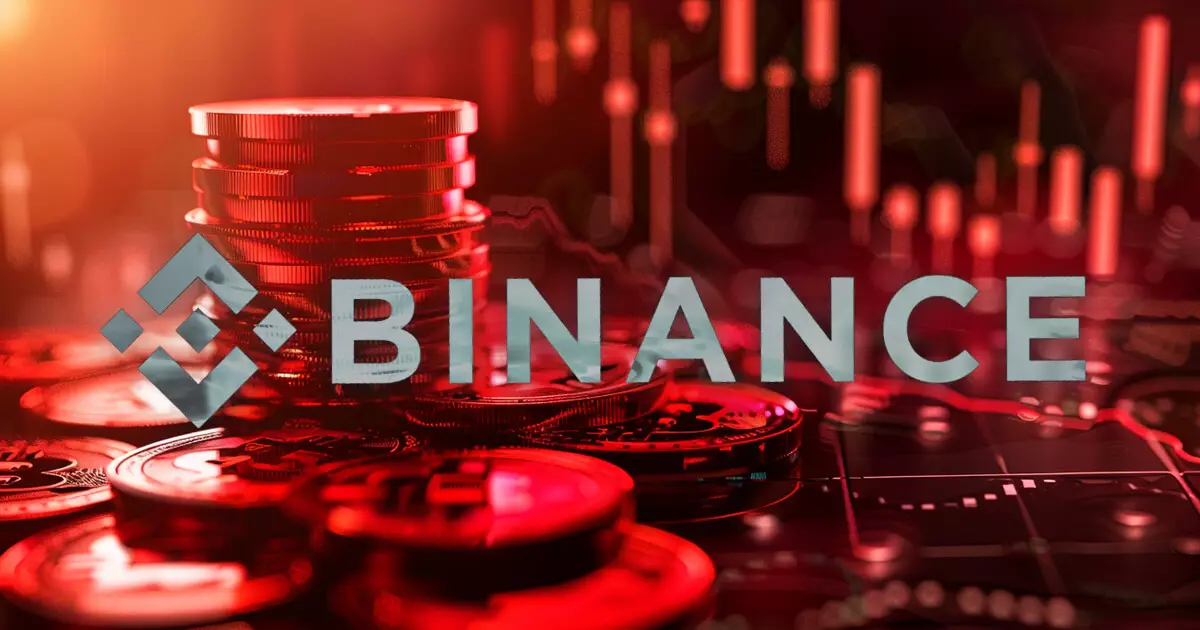In recent months, the cryptocurrency market has been dramatically influenced by the rise of memecoins—tokens typically associated with humorous themes and cultural phenomena rather than technological innovation. Among these, two Solana-based memecoins, The AI Prophecy (ACT) and Peanut the Squirrel (PNUT), emerged in the spotlight after their unexpected listings on Binance, the world’s largest cryptocurrency exchange by trading volume. While this listing resulted in enormous short-term gains, critical voices within the crypto community have raised fears of market manipulation and unethical practices facilitated by the exchange.
The accusations surrounding Binance’s listing practices are centered on allegations of pump-and-dump schemes, where the price of low-market-cap assets is artificially inflated before insiders sell off their holdings for profit. Following the addition of ACT and PNUT to its platform, ACT skyrocketed by over 1,000% to a market capitalization exceeding $400 million, while PNUT saw its value double. Skeptics argue that such extraordinary price leaps serve as a warning sign—indicators of a potential orchestrated effort to inflate prices before selling off, a practice that can severely undermine the interests of retail investors.
Leonidas, co-founder of the Bitcoin Ordinals explorer Ord.io, has spearheaded an initiative calling for transparency in Binance’s listing process. He claims that the exchange is intentionally targeting obscure, low-cap tokens that are chiefly controlled by a small group of insiders who can afford the hefty fees associated with listings. By doing so, Binance may be capitalizing on a loophole that allows a few individuals to profit exorbitantly at the expense of wider community investors.
The broader implications of Binance’s alleged practices are concerning. As the crypto ecosystem is still maturing, it relies on a framework of trust and transparency. Critics point out that if Binance’s listings are driven by factors such as community popularity or the ability to pay high listing fees, then the integrity of this framework is compromised. Leonidas demands that Binance clarified its listing criteria, including whether a portion of listing fees is paid in tokens and any plans for token sales once listed.
In an unusual twist, Loopify, a noteworthy figure in the crypto space and founder of a game studio, has suggested that Binance may be relaxing its listing standards. The rationale? To tie users to its centralized exchange and deter them from migrating towards decentralized alternatives. This hypothesis points toward a larger strategic pivot for Binance, which historically maintained a rigorously guarded listing policy. Such a move, while possibly beneficial for retaining user engagement, raises questions about the potential for exploitation within the listing process.
Analyzing Market Dynamics
Further adding to this debate, on-chain analysts have noticed a concerning trend—80% of the memecoins listed on Binance this year have experienced price increases post-listing. This correlation almost inherently implies a troubling pattern: a potential orchestrated cycle where certain tokens see price inflations due to Binance’s influence, which can marginalize average retail investors. Notably, a significant portion of these memecoins—a staggering 60%—are built on the Solana blockchain, with the remainder drawn from Ethereum, BNB Smart Chain, and the Base network.
Despite the apparent success of these tokens post-listing, only a minority enjoy the privileges of being available for spot and futures trading. This raises questions about the selective nature of listings and whether Binance is inadvertently optimizing its revenue streams at the expense of ethical trading practices.
Ultimately, calls for transparency within Binance’s listing process represent more than just pleas for operational clarity—they signify a demand for the safeguarding of retail investors in a largely unregulated industry. As memecoins continue to flourish on the exchange, it is vital for Binance to address the shadows of manipulation that hang over its practices. By establishing clearer criteria and disclosing pertinent financial arrangements, Binance could not only reinforce its integrity but also restore faith among its user base during a pivotal moment in cryptocurrency history. The community watches closely, hoping that this exchange may evolve to serve as a model of ethical engagement in the blockchain realm.

